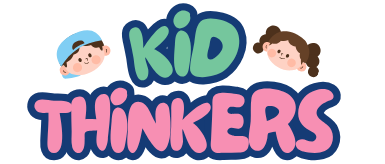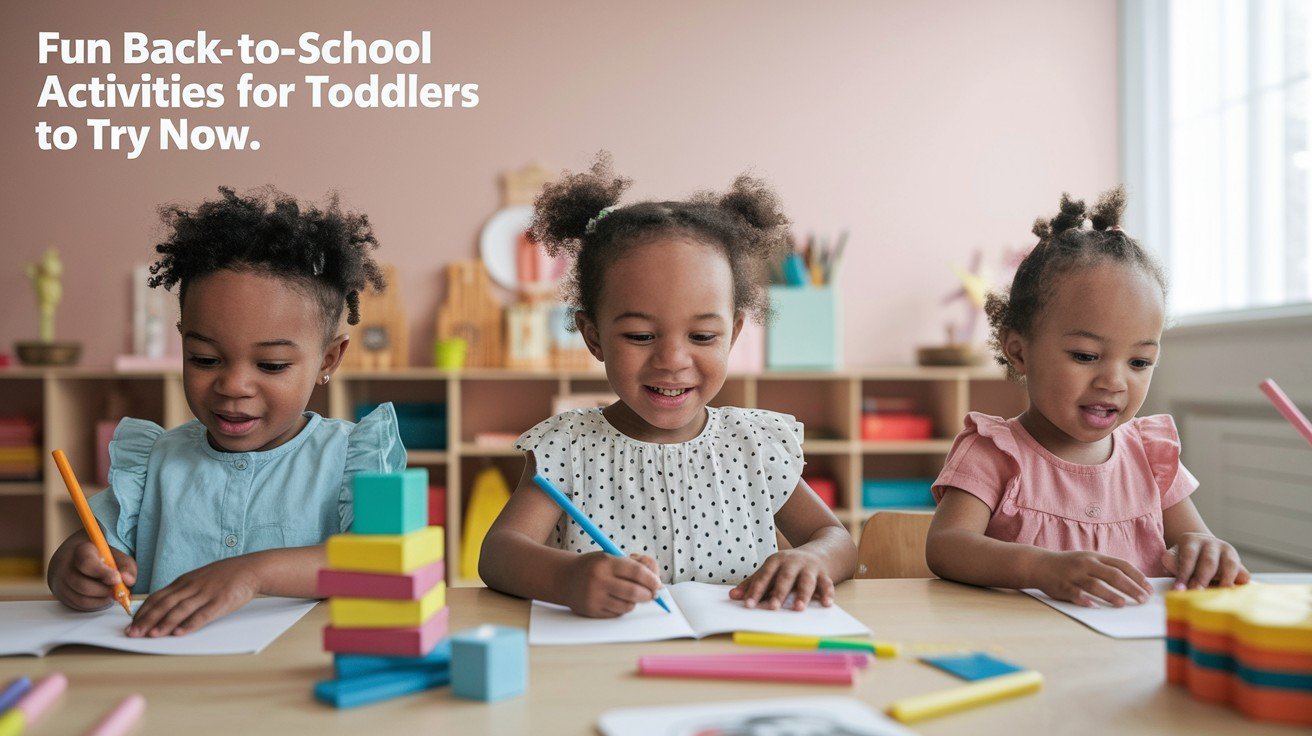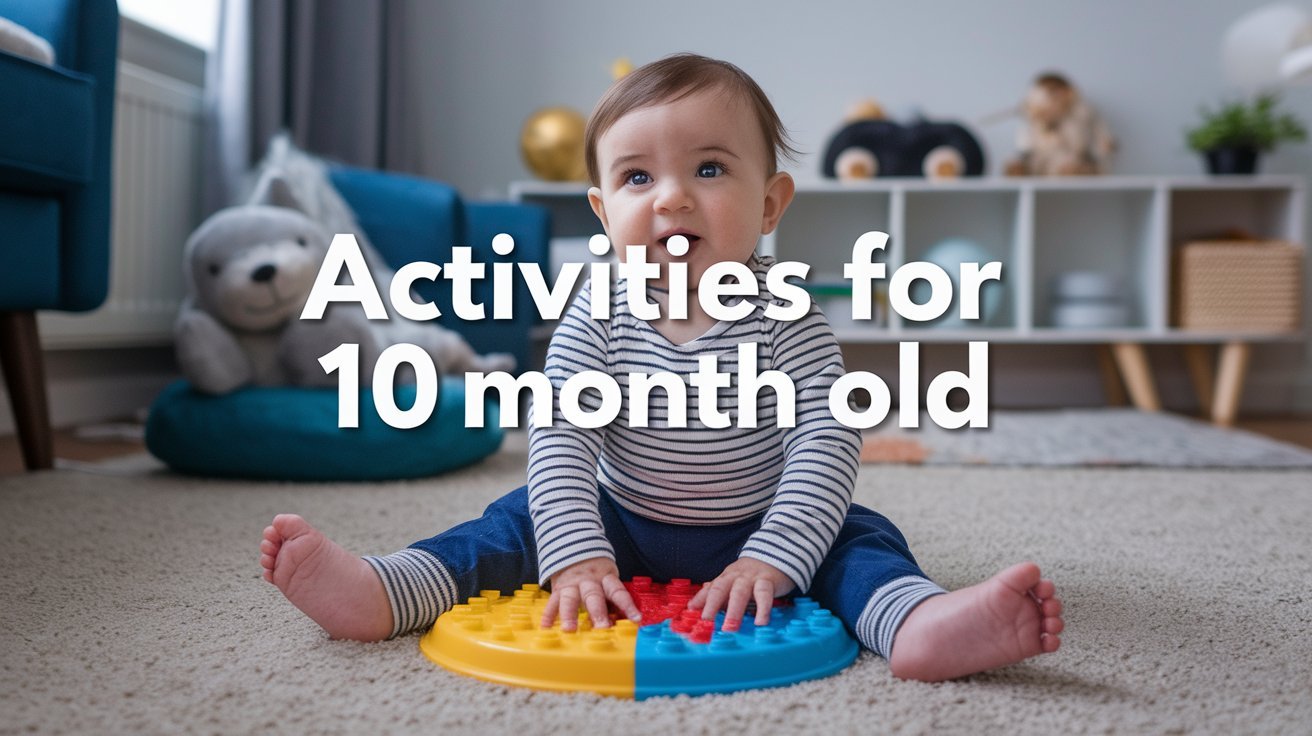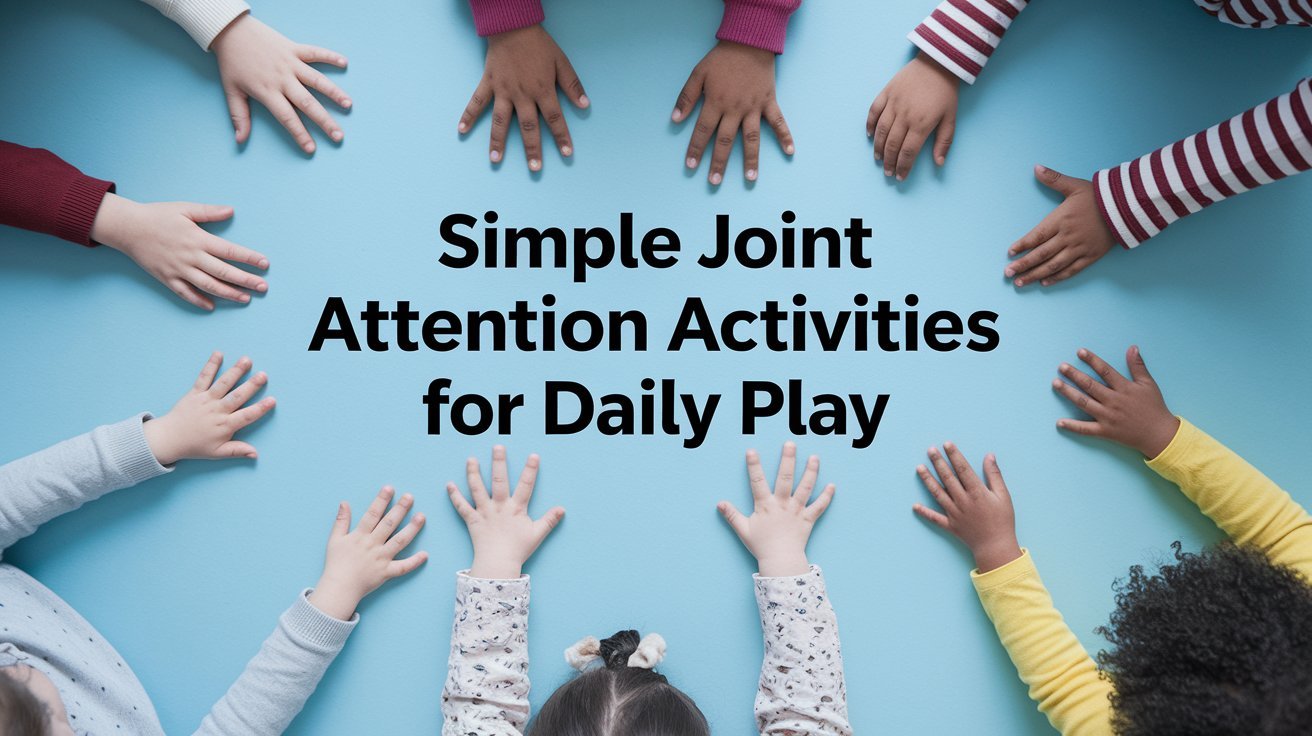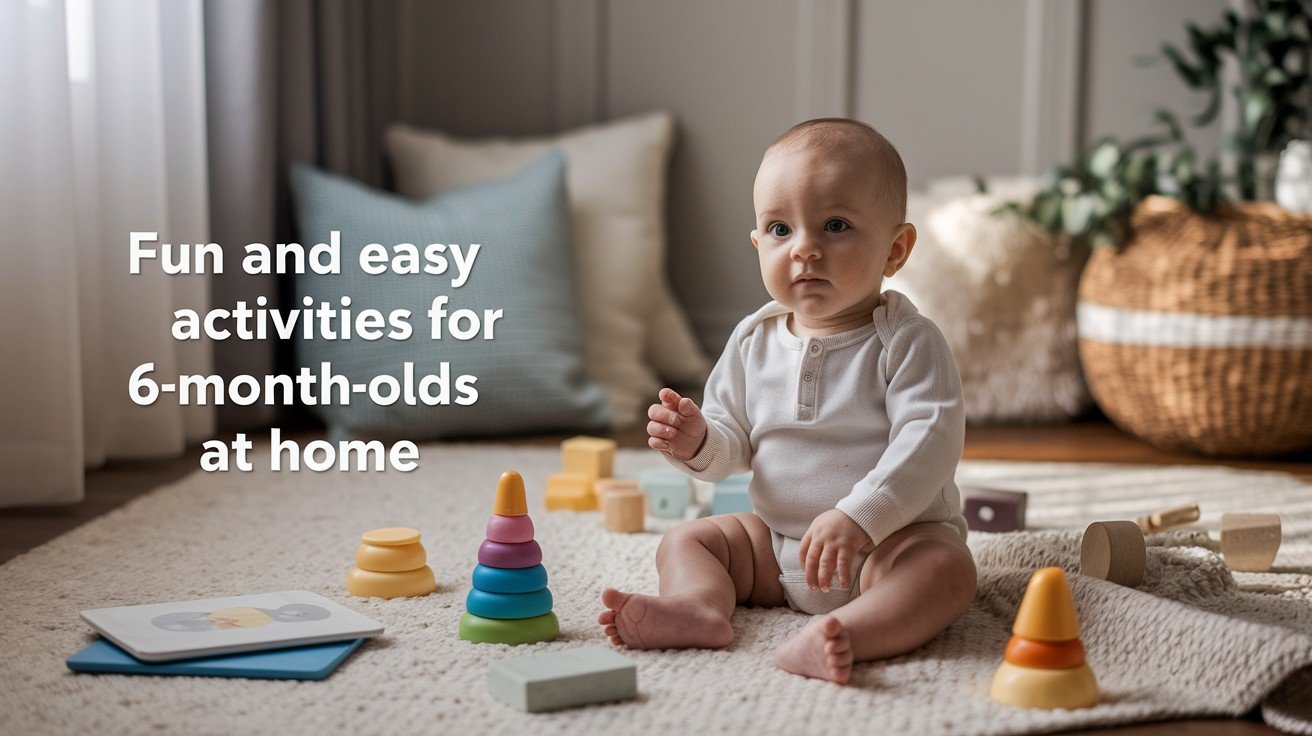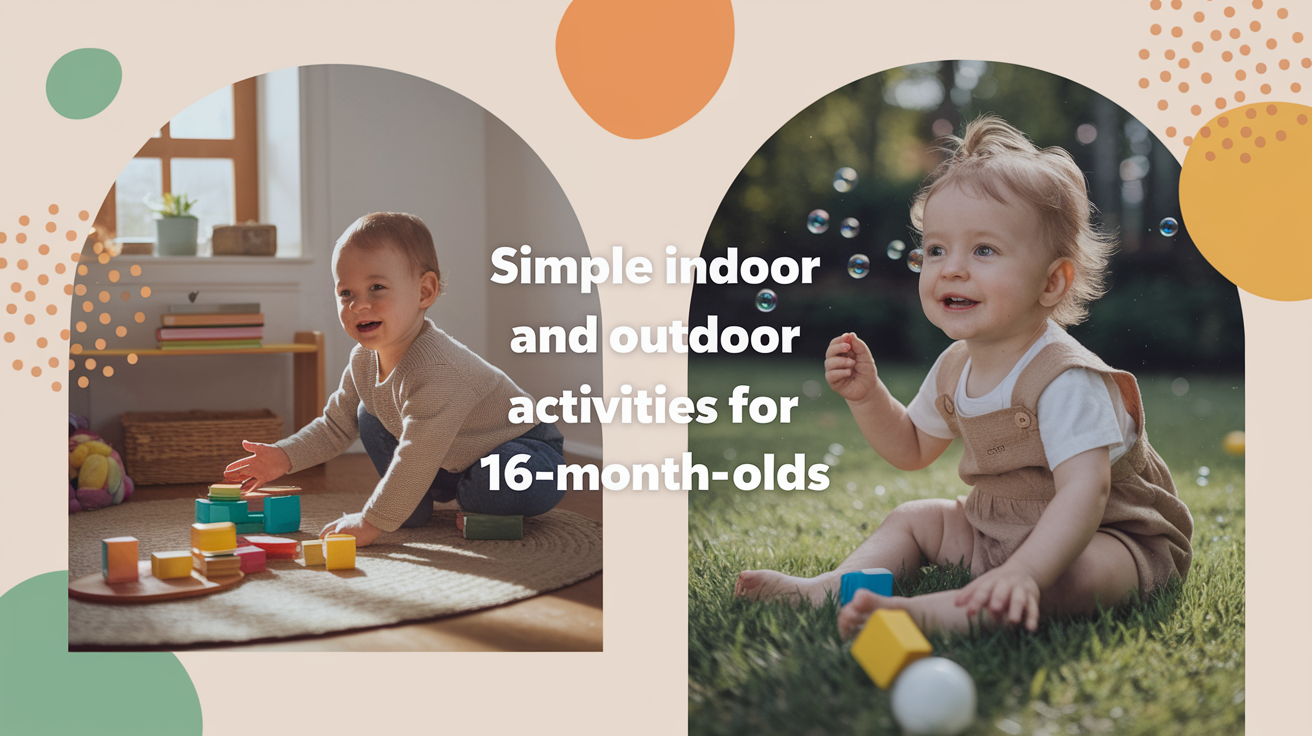Starting school represents quite a major change for the toddlers. For others, adjusting takes more time, but some jump easily into new routines.
The preschool first day for many three-year-olds was watched by me. Of all of them, who did best? At home, their parents began with play. At home, they prepared.
Research backs this up. Daily routines that are done at home help kids to develop stronger language skills so they can attain better social functioning when at school, studies show.
In this guide for toddlers, tested back-to-school activities that make a real difference are shared. Parents and teachers suggest helpful advice. You’ll also find playful learning games with easy crafts.
No fancy supplies. No complicated steps. Activities alone make your toddler prepared for day one. Let’s turn the act of going back to school into something that is fun.
Best Back-to-School Activities for Toddlers
Getting your toddler ready for school doesn’t have to be hard. I’ve seen kids go from nervous to excited just by doing a few simple crafts at home. The key? Make it fun, not fancy.
School Bus Collage
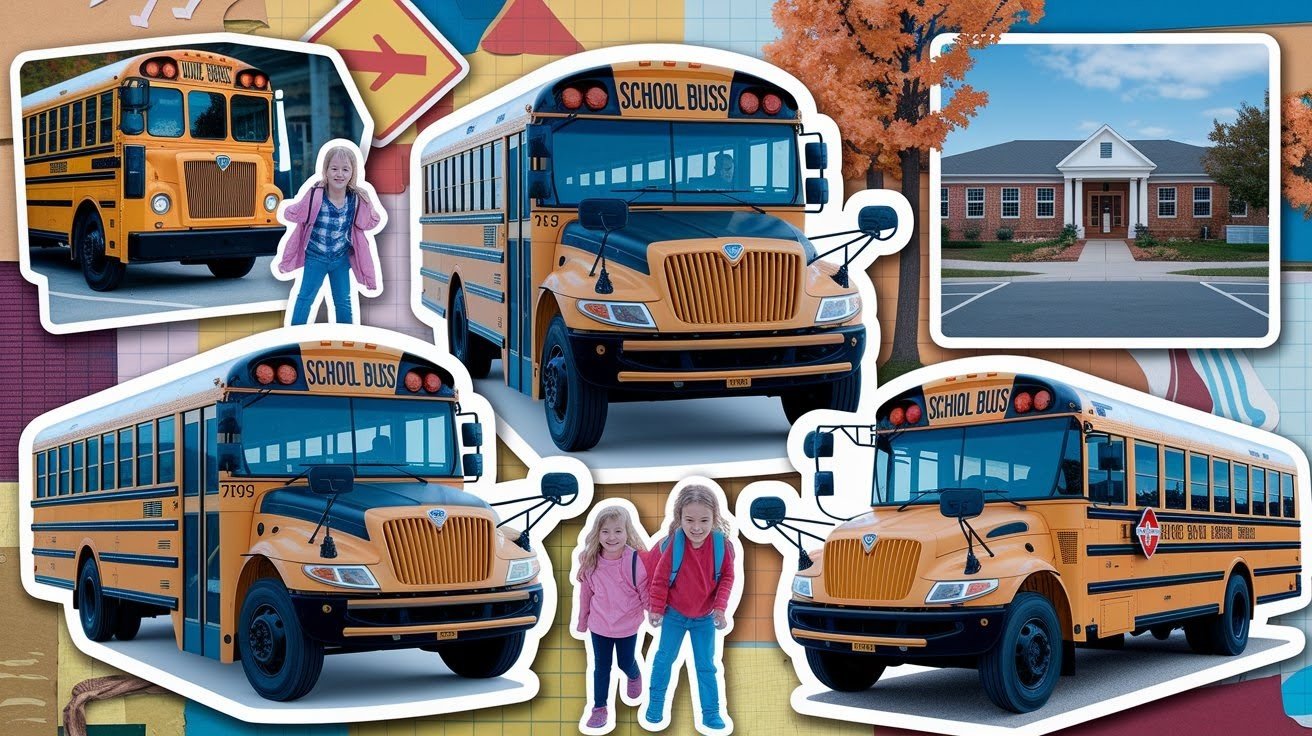
A school bus craft helps toddlers feel less worried about riding the real thing. One parent told me her son kept his paper bus on his nightstand the whole week before school started. It gave him something to look forward to.
Cut a school bus shape from cardboard or just draw one on yellow paper. Then let your toddler decorate it with whatever you have around the house. Buttons make great wheels. Fabric scraps, glitter, and pompoms all work too.
This activity makes the school bus familiar instead of scary. Talk about riding it while you create. Who will they sit with? What will they see out the window? These conversations matter more than perfect glue placement.
Crayon Melt Art
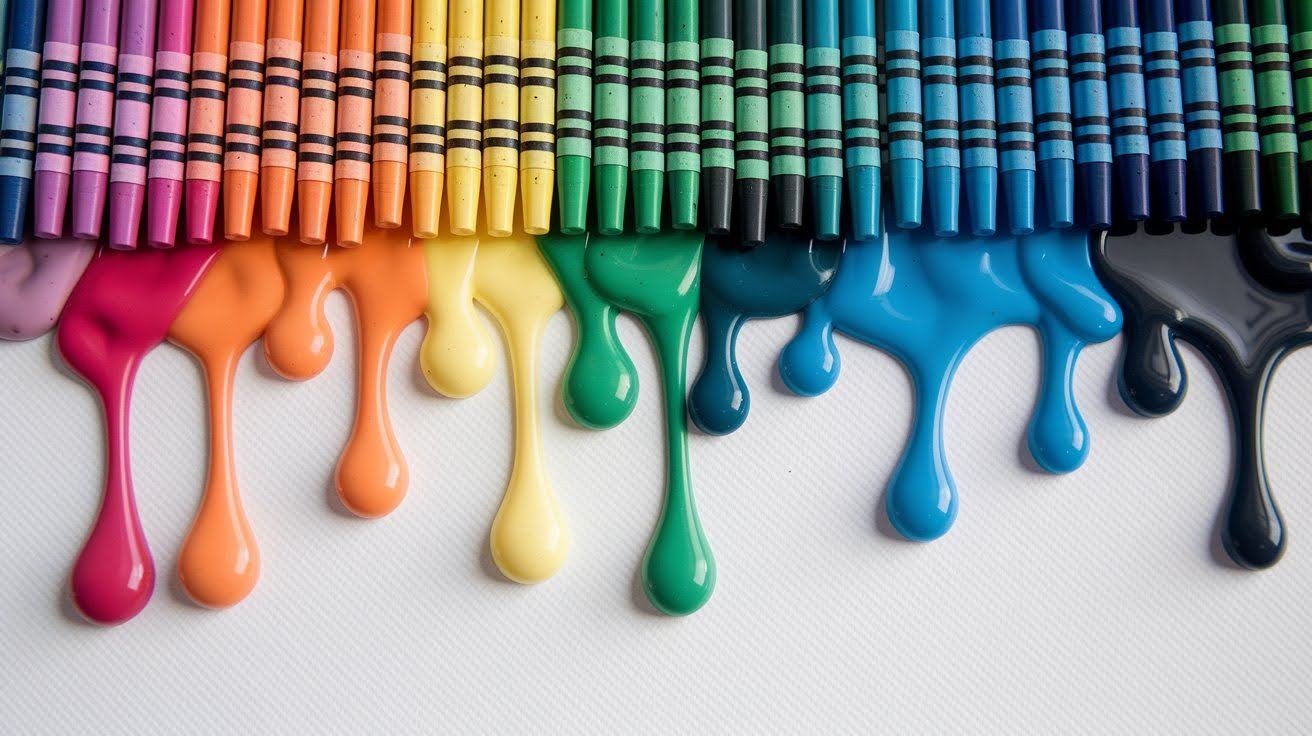
Want to see your toddler’s eyes light up? Try this one. Line up crayons on a canvas and melt them with a hairdryer. The crayons drip down and create something that actually looks cool enough to hang on the wall.
You’ll need a canvas (cheap ones from craft stores work fine), old crayons, and a hairdryer. Stay right next to your child for this one. The hairdryer gets hot, and you’ll need to hold it while they watch.
This craft teaches a simple science lesson, too. Solid crayons turn into liquid when heated. Your toddler watches the whole change happen. That’s way better than any worksheet.
Suncatcher
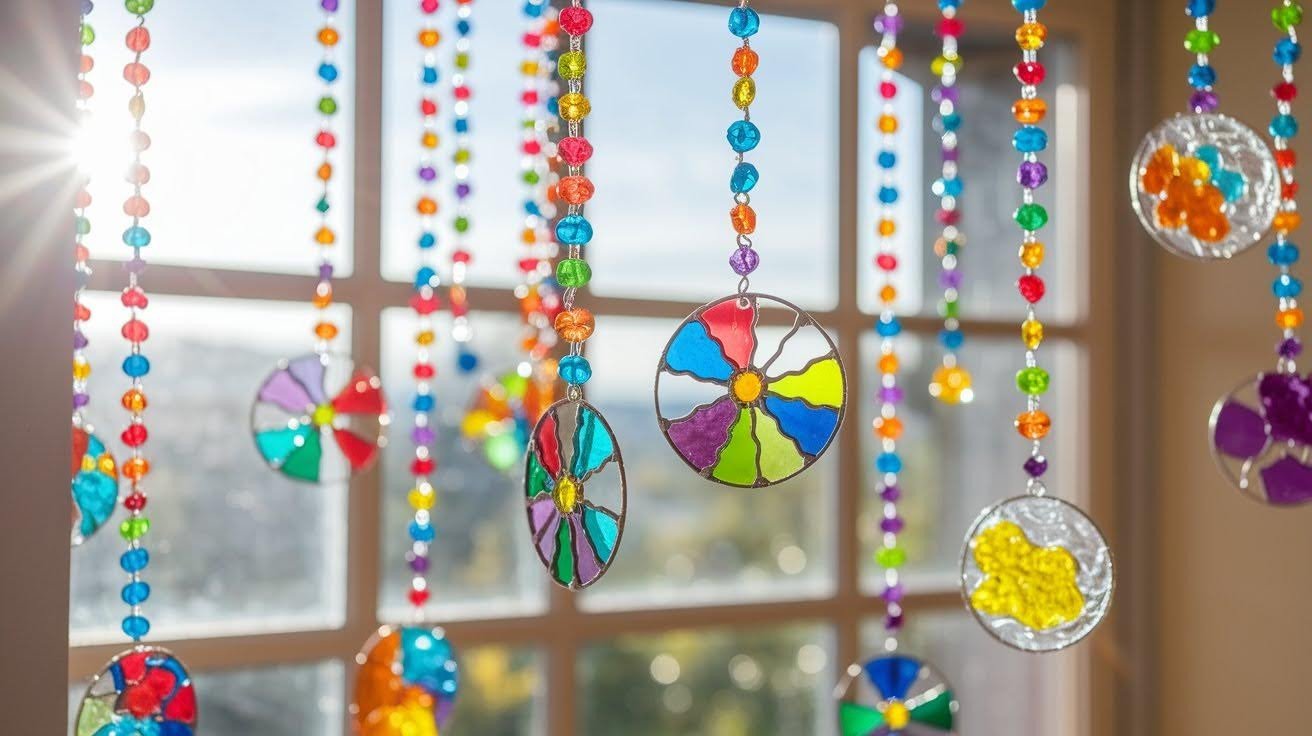
Paper plates, tissue paper, and contact paper, that’s all you need. Cut the middle out of a paper plate. Stick tissue paper pieces onto contact paper. Put it all together and hang it in a sunny window.
The light shines through and makes colorful patterns on the floor. I’ve seen toddlers sit and watch these for minutes at a time. It’s almost meditative for them. The colors mixing and changing hold their attention in a way few other activities can.
This activity teaches kids to follow steps in order. First this, then that. Following directions is a huge part of school success. You’re building that skill without your toddler even knowing it.
Finger Painting
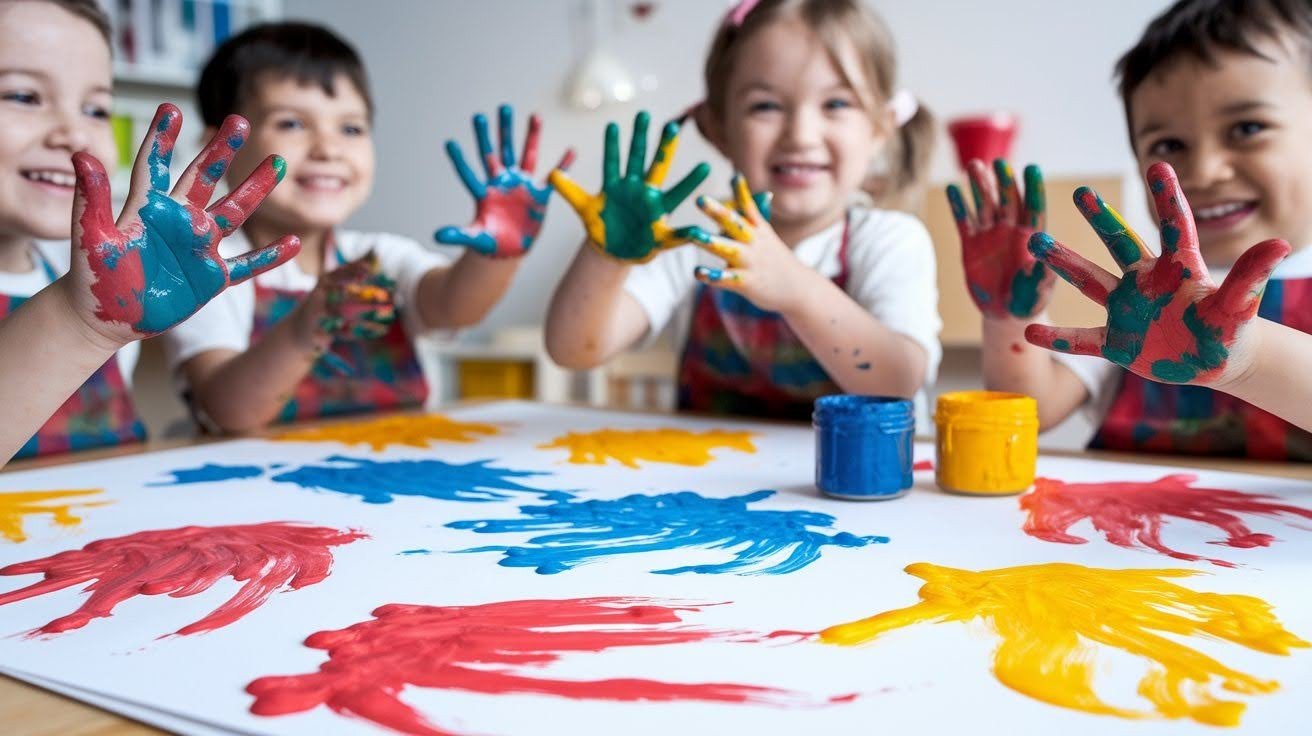
There’s a reason this classic never goes away. Finger painting lets toddlers create without worrying if they’re doing it “right.” No brushes to hold correctly. No rules to follow. Just pure creation.
Get washable finger paints (trust me on this) and some paper. Put it all on a table or outside. Let your child squish, swirl, and mix colors however they want. The mess washes off easily if you use the right paints.
The real learning happens when you talk about their art. Ask them to tell you about the colors they used. What does this part remind them of? How did it feel to mix the blue and yellow? These conversations build language skills they’ll use every single day in school.
Number Caterpillar
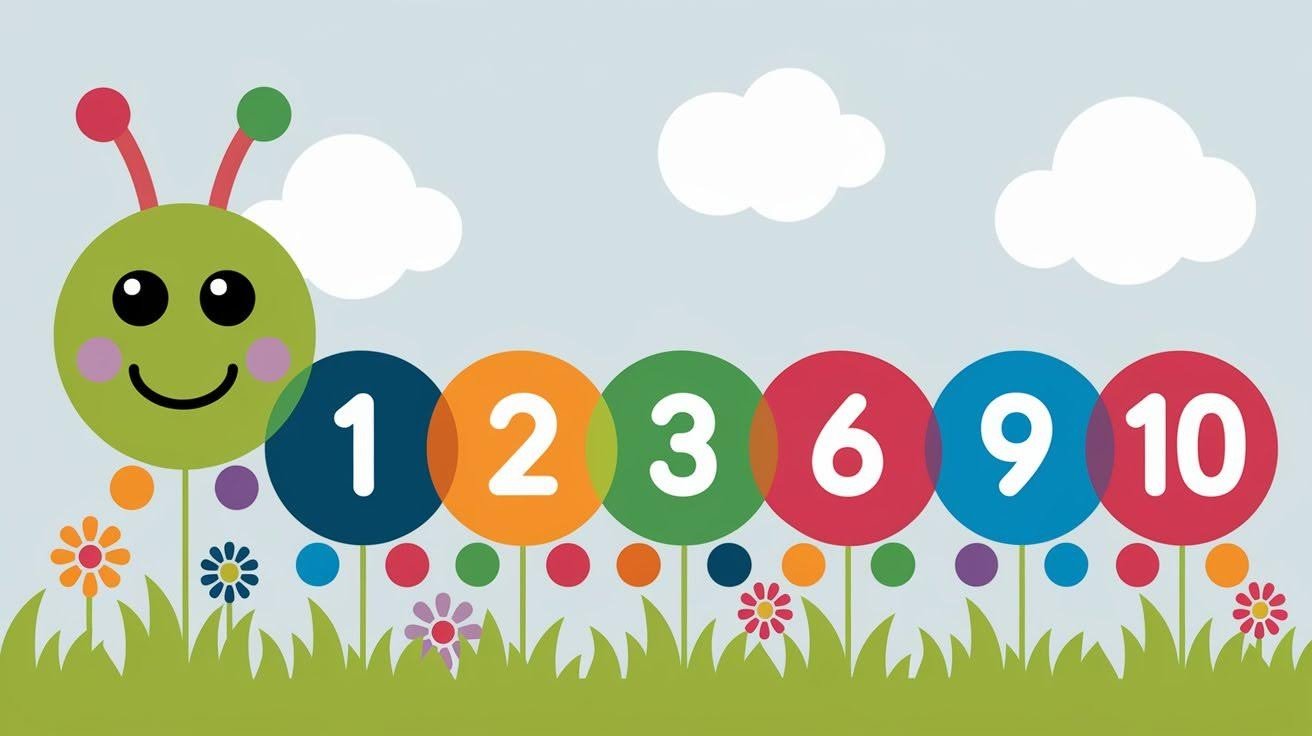
Cut circles from construction paper. Write numbers on them. Glue them together in a line to make a caterpillar. This craft sneaks in early math without feeling like work.
Start with numbers 1 through 5 if your toddler is just learning. You can always add more circles later. Make the caterpillar’s face silly with big googly eyes or a huge smile. The sillier, the better. Kids remember what makes them laugh.
Your child learns to recognize numbers and put them in order. Sequencing is a critical math skill that starts right here with a paper caterpillar. Plus, they get practice with gluing and arranging pieces, which builds those small hand muscles they need for writing.
Printable Activities
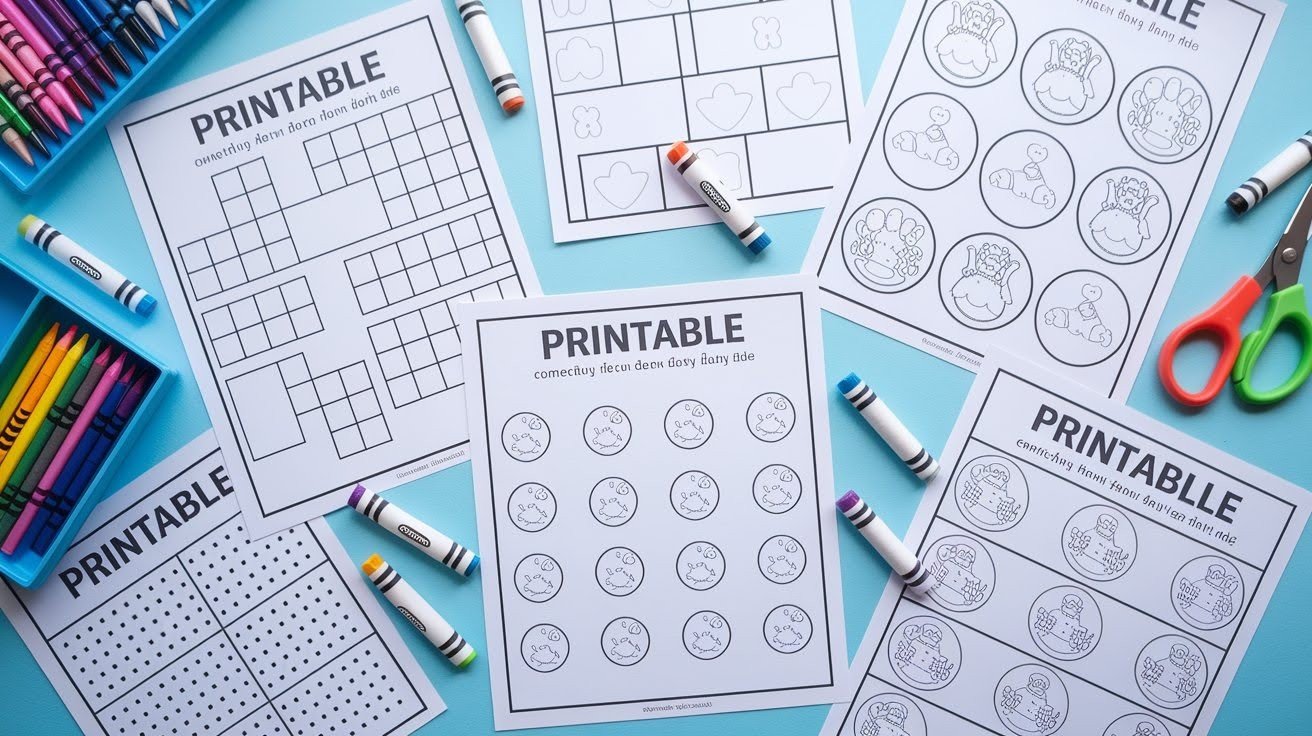
Printables combine learning with play in a way that feels natural to toddlers. I keep a stack ready for rainy days or quiet time. They’re similar to what your child will do in school, so they’re practicing without pressure.
Dot marker sheets are my go-to. Your toddler fills in circles with markers, stickers, or crayons. Tracing sheets work great too, simple shapes like stars, triangles, and circles. You can find free printables online or make your own with a marker and paper.
Keep them simple. The goal is building confidence, not creating stress. Five minutes of printables beats an hour of frustration any day. If your toddler seems bored or frustrated, put it away and try again another time.
Counting Games
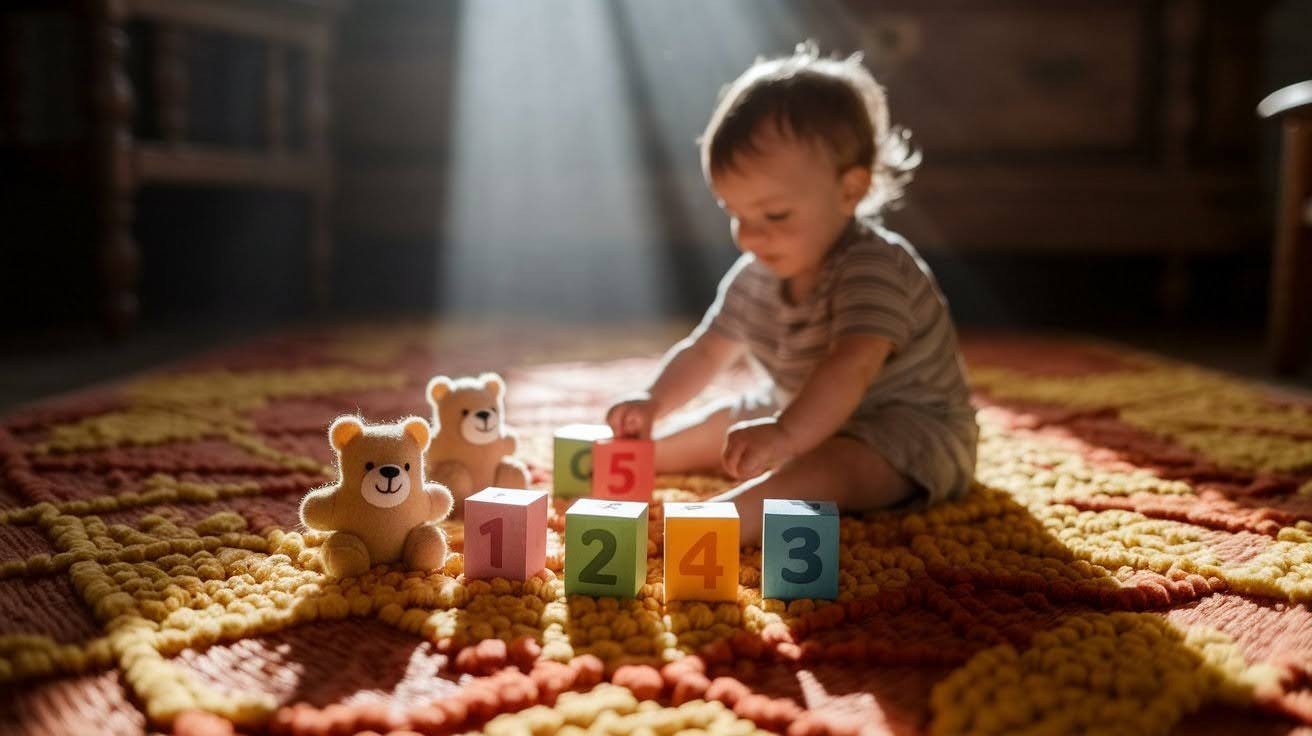
Use what your child already loves. If they’re into trucks, count on trucks. Obsessed with stuffed animals? Count those instead. Learning sticks when it’s about their interests.
Try having toy trucks haul blocks and count how many blocks fit. Or line up number cards and have your child place matching snacks next to each card. Goldfish crackers and Cheerios work perfectly for this. Go outside and count flower petals, then sort the flowers by how many petals they have.
These games teach number sense and one-to-one matching. Your toddler learns that the number “3” means three actual things. That’s the foundation for all the math they’ll do later in school.
Alphabet Hunt
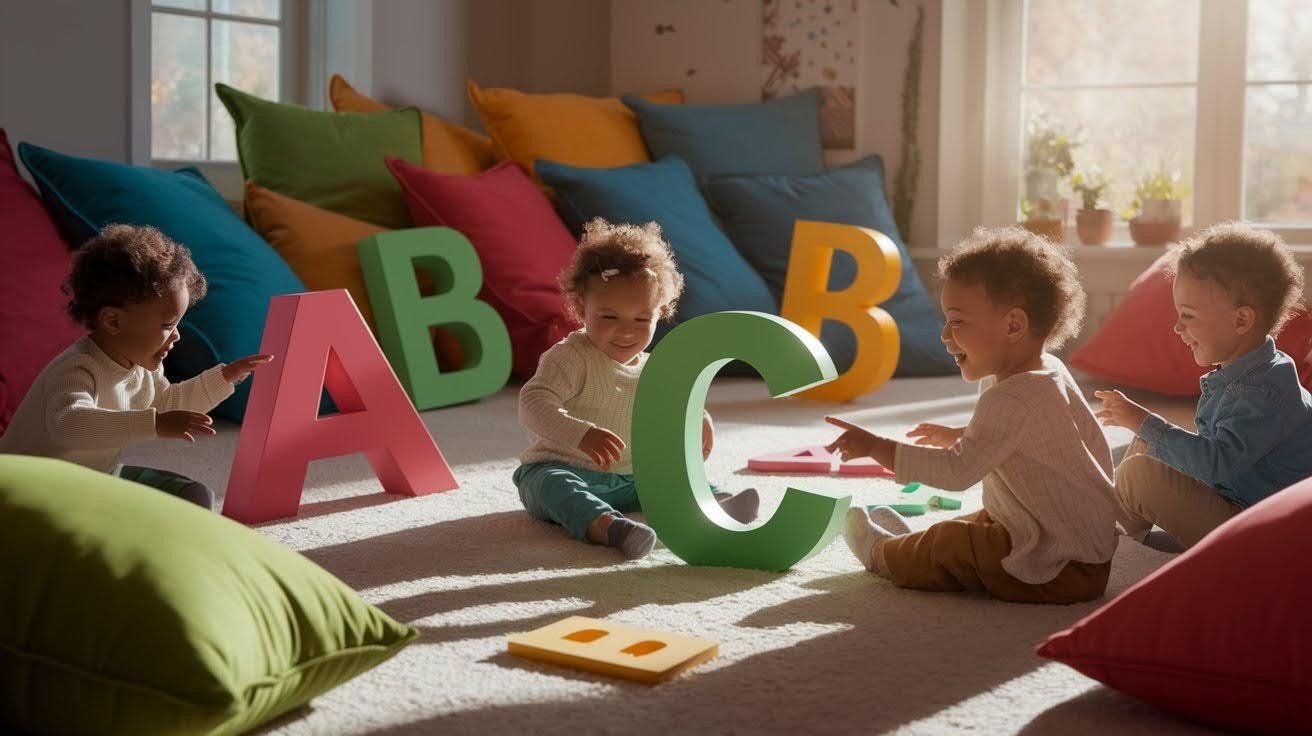
Turn your house into a giant game board. Hide letter cards or write letters on sticky notes. Then send your toddler on a hunt to find them all. Movement plus learning equals a toddler who stays engaged.
You can search for uppercase letters one day and lowercase letters the next. Count how many letters they find to sneak in some math, too. Make it active and silly, crawl under tables, peek behind curtains, check inside cabinets.
The learning benefit is huge. Your child practices letter recognition without sitting still at a table. For toddlers, that’s the sweet spot between fun and educational. They’re learning, but it feels like playing hide and seek.
Puzzles and Memory Games
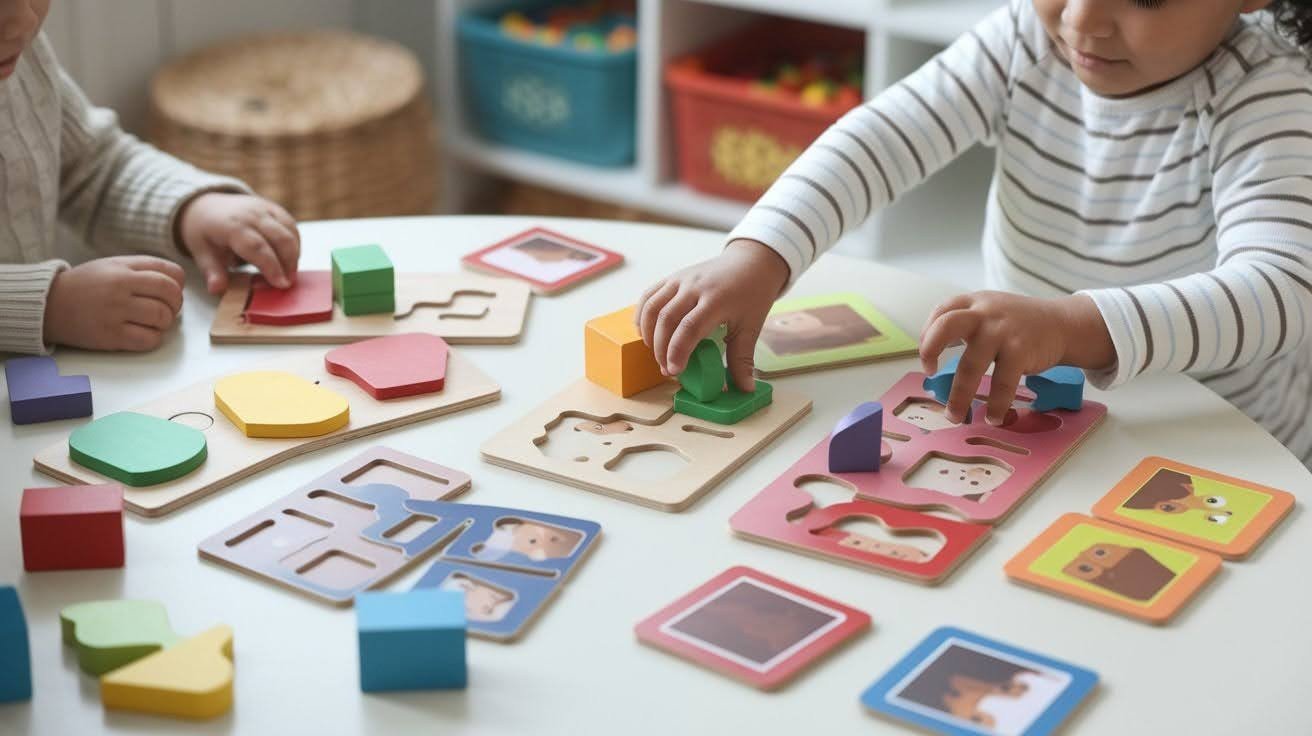
Puzzles build the kind of focus toddlers need for school. I’ve watched kids go from barely sitting for two minutes to working on a puzzle for ten minutes straight. That concentration grows with practice.
Choose age-appropriate puzzles and rotate them every few weeks. When puzzles get too easy, they stop being interesting. Add new ones to keep the challenge fresh. Wooden peg puzzles with big pieces work great for beginners. Move up to simple jigsaw puzzles with 4-8 pieces as they improve.
Memory games are perfect for toddlers. Flip cards to find matches. Start with just six cards total and add more as they improve. These games teach problem-solving and the patience to keep trying when something doesn’t work the first time.
Safety Tips for Back-to-School Activities
Keep things safe, and everyone has more fun. I’ve learned these tips the hard way, after paint spills, glitter explosions, and one incident with glue in someone’s hair. Learn from my mistakes.
- Stay nearby during activities: not hovering, just in the same room. Watch how your toddler uses supplies. Are the scissors pointed the right way? Is glue going on paper or in their mouth? Jump in when needed, but let them figure things out when it’s safe.
- Keep small items away from kids under three. Beads, buttons, and tiny pieces are choking risks. No sharp points for kids under four, which includes regular scissors and sharp craft tools. Always read warnings on art supplies.
- Some craft supplies can be dangerous if breathed in. Chalk dust, spray paint fumes, and powdered clay all need good air flow. Open windows or do these activities outside. Keep a damp cloth nearby for quick cleanups.
- Don’t stress when things get messy. Mess is part of creating. The more you stay calm about spills, the more your toddler will try new things. Make cleanup part of the activity: “First we paint, then we clean up together.”
- Teach your child that mistakes are okay. Paint drips outside the lines? That’s fine. Glue goes in the wrong spot? We can work with it. This mindset helps in school when things don’t go perfectly the first time.
Conclusion
Getting your toddler ready for school is simple without complicated plans or fancy supplies. These toddler activities work because they are simple and also fun, while building your child’s real skills.
These are activities that I’ve observed helping hundreds of kids feel confident on their first day. Each one keeps your toddler engaged, and each one teaches something important, from apple stamping to alphabet hunts. It is consistency that is the key, not perfection.
This week, you should begin with just one or two activities. Identify some of your toddler’s favorite things. You should follow their lead because some kids prefer counting games, whereas others love crafts. Tell us in the comments what helps your toddler. What makes your young child excited for school? Another parent might need to hear exactly what you experienced.
Frequently Asked Questions
What age are these back-to-school activities for toddlers best suited for?
These activities work best for children ages 2-5. You can adjust the difficulty based on your child’s skill level. Younger toddlers (2-3) should stick to simpler crafts like finger painting and apple stamping. Older preschoolers (4-5) can handle activities like crayon melt art and tracing sheets with more independence.
How long should each back-to-school activity take?
Most activities take 10-20 minutes, which matches a toddler’s attention span perfectly. Don’t force longer sessions. If your child loses interest after 5 minutes, that’s fine. Short, frequent activities work better than one long session. Stop when they’re done, not when the project is finished.
Do I need to buy expensive supplies for these activities?
No. Most activities use household items you already have: paper, glue, crayons, pasta, and paint. A basic craft supply kit costs under $20 and lasts for months. Check your recycling bin for cardboard and egg cartons. Simple materials work just as well as fancy ones for toddler learning.
How many activities should I do each week?
Start with 2-3 activities per week. Doing one activity every other day gives your toddler time to practice skills without feeling overwhelmed. Quality beats quantity. It’s better to repeat favorite activities than rush through new ones. Let your child’s interest guide how often you craft together.
What if my toddler doesn’t want to do the activities?
Don’t push it. Try a different activity or wait a few days. Some toddlers need to watch first before joining in. Make it playful, not a lesson. If crafts don’t interest them, try more active options like alphabet hunts or counting games. Follow your child’s natural learning style.
